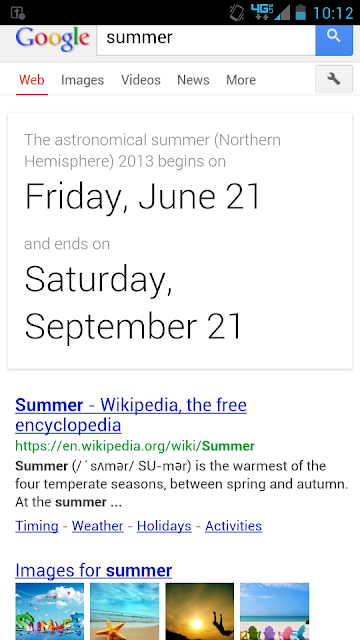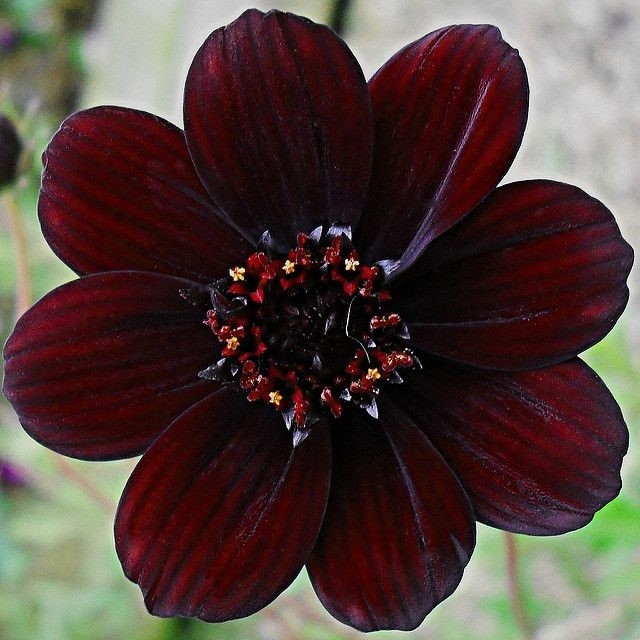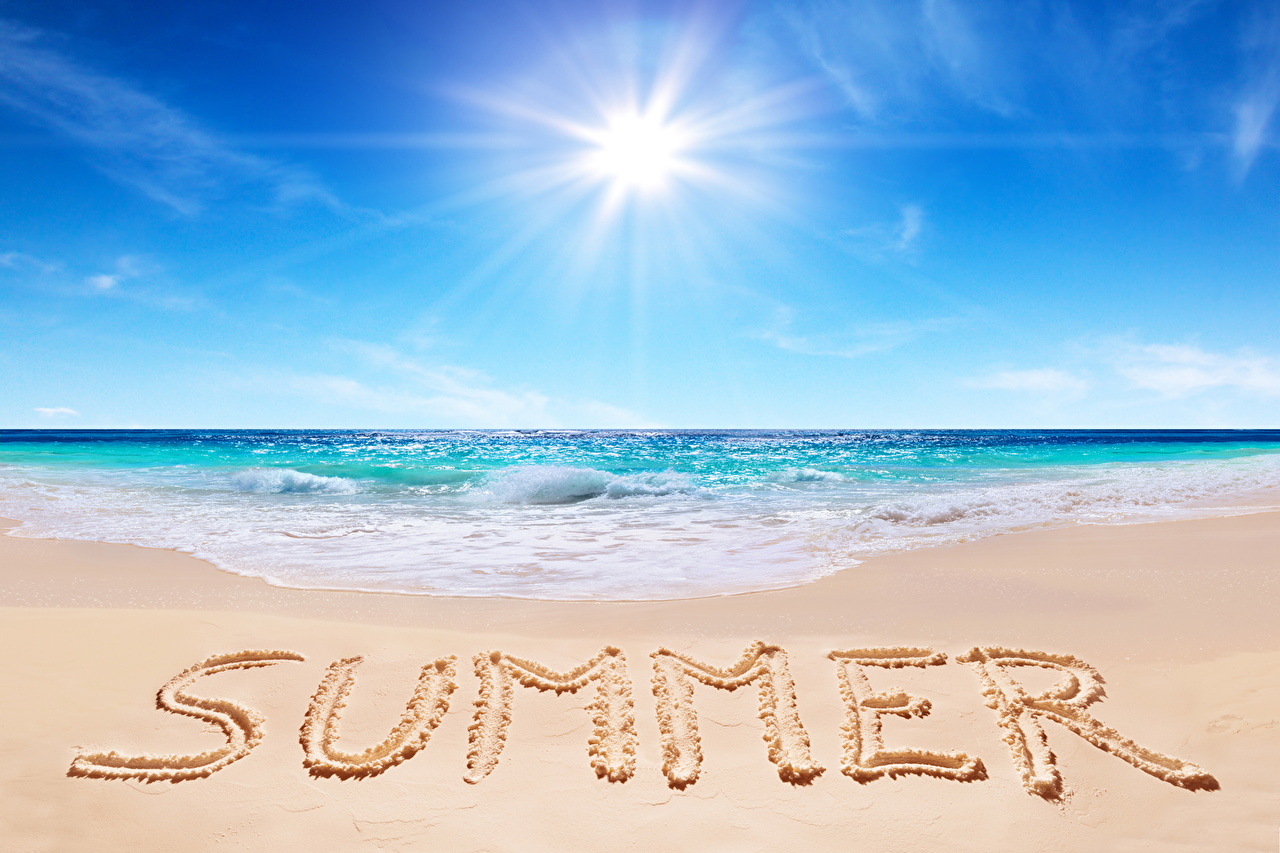The History behind Vacations
As the summer winds to a close, many of us have either made that foray into the wide world of family vacations or are still planning that perfect way to cap off the dog days. Be it a road trip to strange roadside anomalies, a jet-setting getaway to some exotic locale, or even just a plain-jane few days around the house, vacation days in the summer months are part and parcel of the American experience. However, this was not always the case; paid vacation leave is a relatively new development in the business world, one that still creates controversy amongst economists and business leaders alike. So, in an effort to elucidate the origins of such a seemingly commonplace (and thereby taken for granted) element of our everyday lives, we here at Atmospheric Noise have taken it upon ourselves to shine that light upon the origins of our modern vacation.
Vacation, in the American sense, is in essence paid or unpaid leave from work in order to pursue leisurely or recreational activities. The term vacation comes to us from British legalese from the 17th century, specifically referring to a period every year in which solicitors and judges took a break from the proceedings of court. Not surprisingly, this term (like most legal terms) comes from a Latin root word vacare, a verb meaning to empty. This same root word also spawned such terms as vacuum and vacant, for obvious reasons. So, in that sense, the American vacation is a corruption of its original meaning. Rather than vacation, the british use the term holiday as an analog.
The term holiday also has a storied and interesting history stretching back to the middle ages. It comes to us from the Old English haligdaeg, which literally means holy day. During the middle ages, workers of agrarian feudal estates were given precious few days away from the toil of field work. One type of day off for such workers was Sunday in observance of the Sabbath; others were the many Saints’ days that dot the Catholic calendar. Considering that there are far more saints than days of the year, time away from field and flock was a regular occurrence for medieval peasants. During such days, workers were expected to attend a mass and feast held at the local parish in honor of the saint. However, just like so many frat boys crowding into Fort Lauderdale for spring break, the peasants often fell to drinking and debauchery during their mandatory days off. The problem got so out of hand that local priests and monks often voiced voluminous complaints in their yearly records about the sorry behavior of the secular brethren. Alas, some things never change.
Skip a few hundred years into the future and we find a closer approximation of our idea of vacation. The US government formally recognized paid federal holidays in the 1870s. However, these holidays were confined to federal employees and didn’t have a noticeable impact on the everyday worker. During this same time frame, business leaders also employed paid time off as a means of enhancing productivity and retaining talent in the upper echelons of their enterprises. Again, these steps were confined to executives and their ilk; industrial and agrarian workers alike still had to endure long hours with little if any time to themselves or their families (and certainly not paid time off). It wasn’t until the golden age of the American workers’ union during the early-to-mid- twentieth century that our concept of paid time off (as well as sick and bereavement leave, 40 hour work weeks, and overtime pay) for most American workers came to fruition in the 1940s. So, if you love getting overtime and vacation days, be sure to hug your union rep at the next possible opportunity.
Unfortunately, the push to make paid vacation time a mandatory benefit to be provided by all American employers fell through, though many European countries have these very laws codified into their legal and economic framework. Paid vacation as a worker’s right is an issue still hotly debated today, with both sides of the American body politic holding fast to rigid views on cost/benefit analyses and vacation time’s effect on overall worker productivity. However, regardless of political stripe, all of us would agree it sure is nice to take a few days away from work, home, and everything else and just get out of the same daily routine. So if you haven’t planned that vacation yet you’d better start cracking; we’re running out of summer and we’ve a tradition to uphold.
About the Author: Chad Steffens is a father, historian, and all around funny guy. He graduated Magna Cum Laude from the University of Iowa with his educational focuses being History and Museum Studies. In his free time, he enjoys playing music with his band, The Counterfeit Owls and hanging out with his children.




















